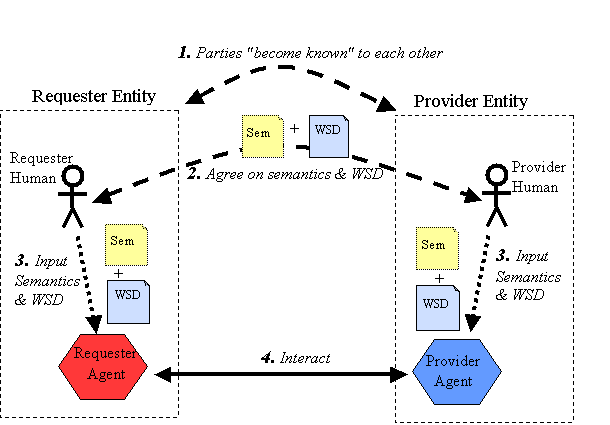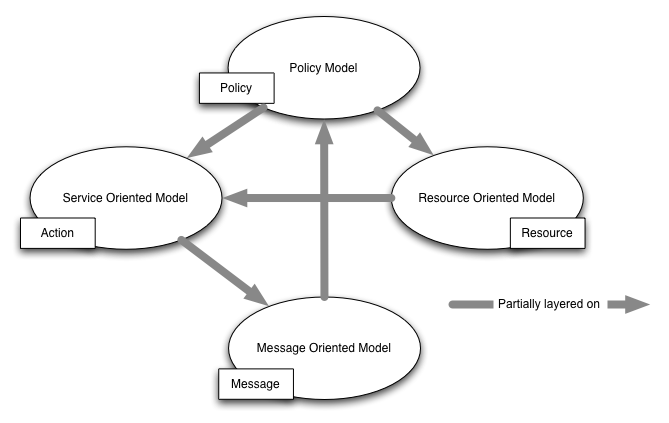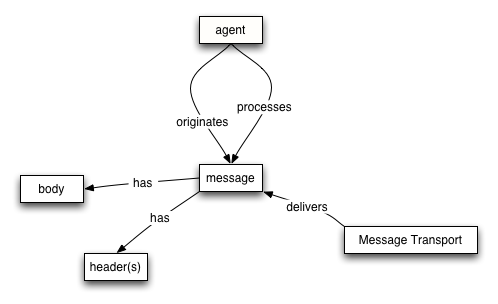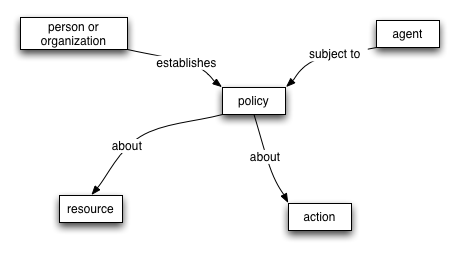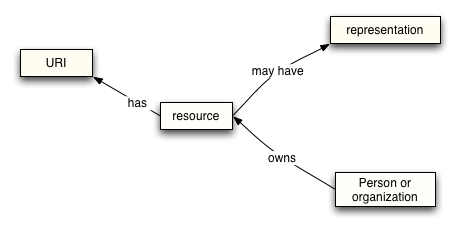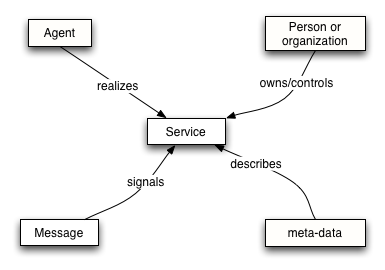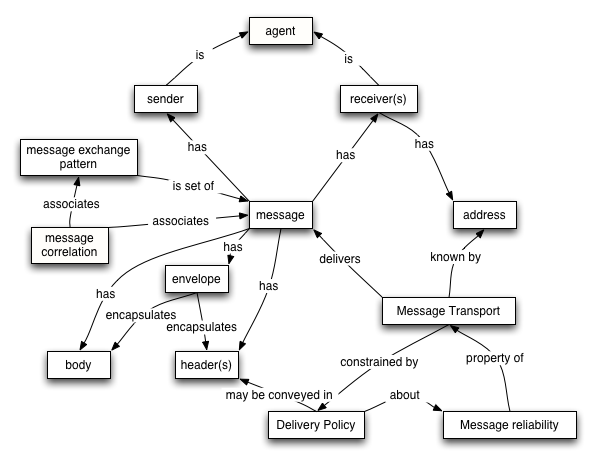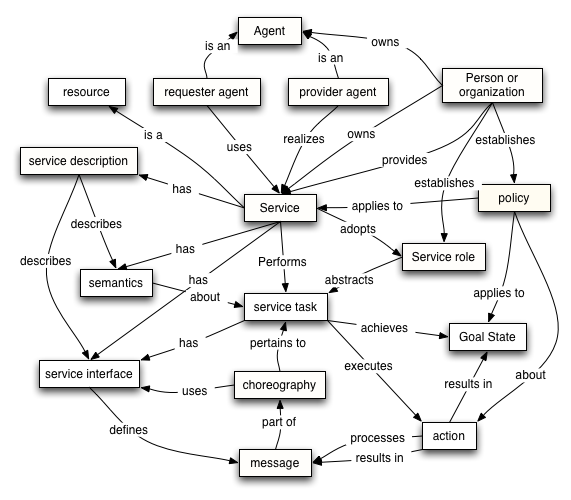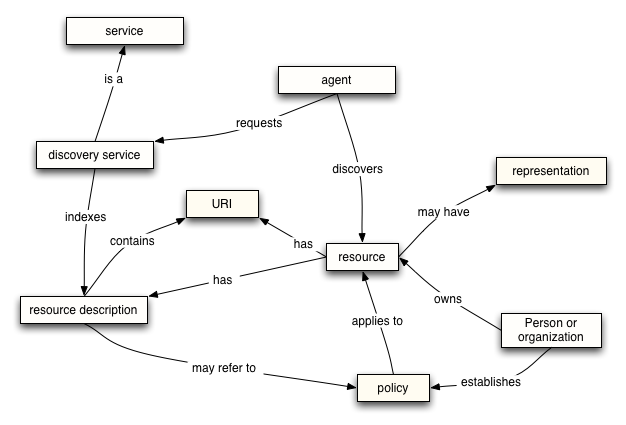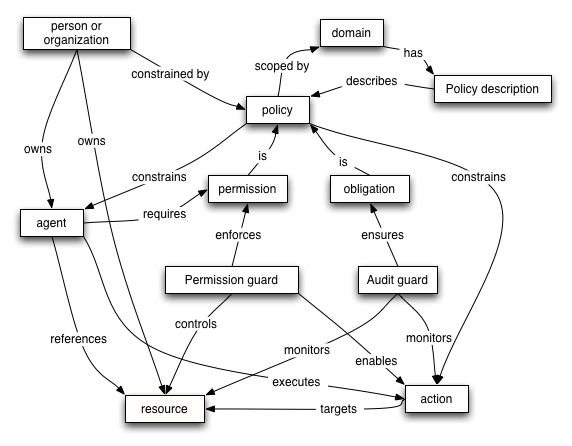Web Services Architecture
An overview of
- David Booth, Hugo Haas, Francis
McCabe, Eric Newcomer, Michael Champion, Chris Ferris, and
David Orchard. Web
Services Architecture [1]. W3C Working Group Note 11. 2004.
1 Web Services Architecture
- A W3C document.
- Working towards a standard.
- Summarizes prevailing thought on Web Services
- What are the important parts?
- How to build them?
- How to fit parts together.
- It provides a model (set of models) that describes how to
build a web service architecture.
1.1 Standard Web Service
3 Message Oriented Model
- Message Exchange Pattern is a template that
describes a generic pattern for the exchange of message, akin
to a FIPA IP.
- Message Correlation associates a message with a
context.
- Message Header contains information that might
have separate semantics from the message body.
- Message Reliability is likelihood that both
sender and receiver will have the same understanding of the
delivery status.
4 Service Oriented Model
- Choreography defines the sequence and
conditions under which multiple cooperating independent agents
exchange messages in order to perform a task to achieve a goal
state.
- Service represents a capability of performing
tasks that represents a coherent functionality.
- A service role is an intermediate abstraction
between service and task. A given message that is received by
a service may involve processing associated with several
service roles.
- A service task is an abstraction that
encapsulates some intended effect of invoking a service.
5 Resource Oriented Model
- Discovery is the act of locating a
machine-processable description of a Web service-related
resource
- A discovery service is used to publish and
search for descriptions meeting certain functional or semantic
criteria.
- Representations are data objects that reflect
the state of a resource.
- A resource description is a machine-processable
description of a resource. Resource descriptions are used by
and within discovery services to permit agents to discover the
resource.
6 Policy Model
- An audit guard is a mechanism used on behalf of
an owner that monitors actions and agents to verify the
satisfaction of obligations.
- A domain defines the scope of applicability of
policies.
- A policy is a constraint on the behavior of agents as they
perform actions or access resources. There are two kinds:
- When an agent has an obligation to perform some
action, then it is required to do so.
- When an agent has permission to perform some
action then it is expected that any attempt to perform the
action will be successful.
URLs
- Web
Services Architecture, http://www.w3.org/TR/ws-arch/
This talk available at http://jmvidal.cse.sc.edu/talks/webservicesarch/
Copyright © 2009 José M. Vidal
.
All rights reserved.
21 April 2004, 10:49AM
